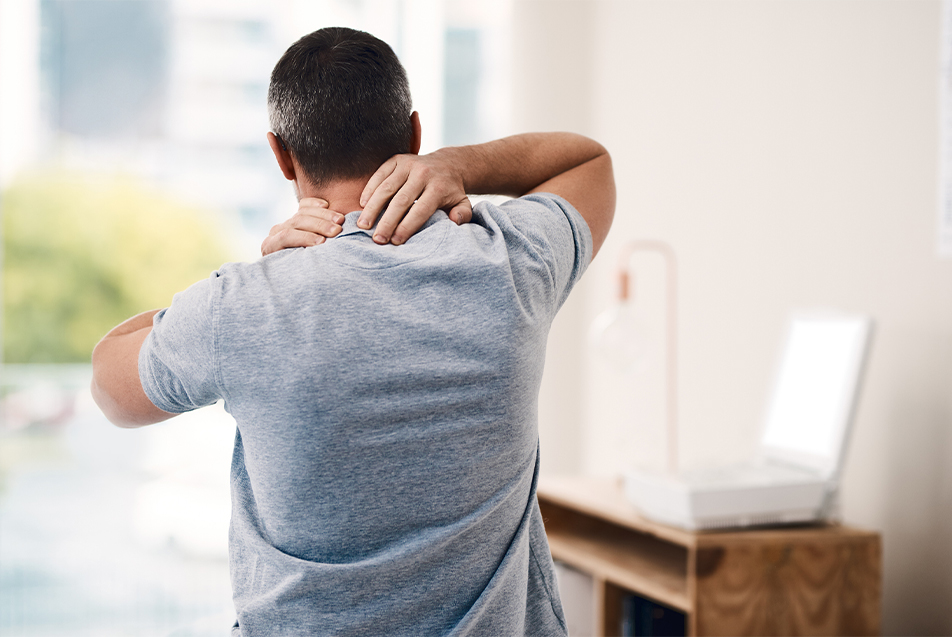
This post was written by Meghan Banik, ATC, Parkview Sports Medicine.
Everybody will experience some type of muscle soreness in their lives. Whether it be through exercise, athletic participation or a full day of yard work. There are some simple strategies for minimizing the unpleasant symptoms that occasionally accompany exertion.
What do sore muscles feel like?
Depending on the intensity of exercise or activity, people will experience muscle soreness within 24-48 hours after that will subside within 96 hours. Typical symptoms of muscle soreness include:
- Strength loss
- Muscle tenderness
- Stiffness
- Swelling
Proper management and treatment can help reduce the effects of muscle soreness.
Four strategies to treat and prevent sore muscles
Stretch, warm up and cool down. Before participating in any sort of physical activity, it’s important to stretch and warm-up. Static and dynamic stretching combined with a proper warm-up, 10-15 minutes before activity can help reduce the symptoms of muscle soreness. After any type of physical activity, it’s just as important to stretch and cool down to help the body recover.
Massage. It has also been shown that post-exercise massages are an adequate treatment to minimize muscle soreness. This could include hands-on massage or a percussive therapy device, also known as a massage gun.
Ice and compression. Following an active day or session, ice and compression are both helpful tools to keep muscles happy. Cold plunging and ice baths are a popular tactic for some, and you can read more about this strategy here.
Make space for recovery. Rest is also an effective and necessary tool to support the muscles after activity. Getting adequate sleep and tapping into the value of regular rest days will help your body heal and prepare for the next session.
Taking care of your body by adequately warming up, cooling down and giving yourself plenty of rest, are the best strategies for addressing the effects of sore muscles. Just as you would map out a training plan, you should factor in these elements for a well-rounded fitness regimen.
References
Connolly Declan, Sayers P. Stephen, McHugh P. Malachy. Treatment and Prevention of Delayed Onset Muscle Soreness. Journal of Strength and Conditioning Research. 2003;17(1):197-208



